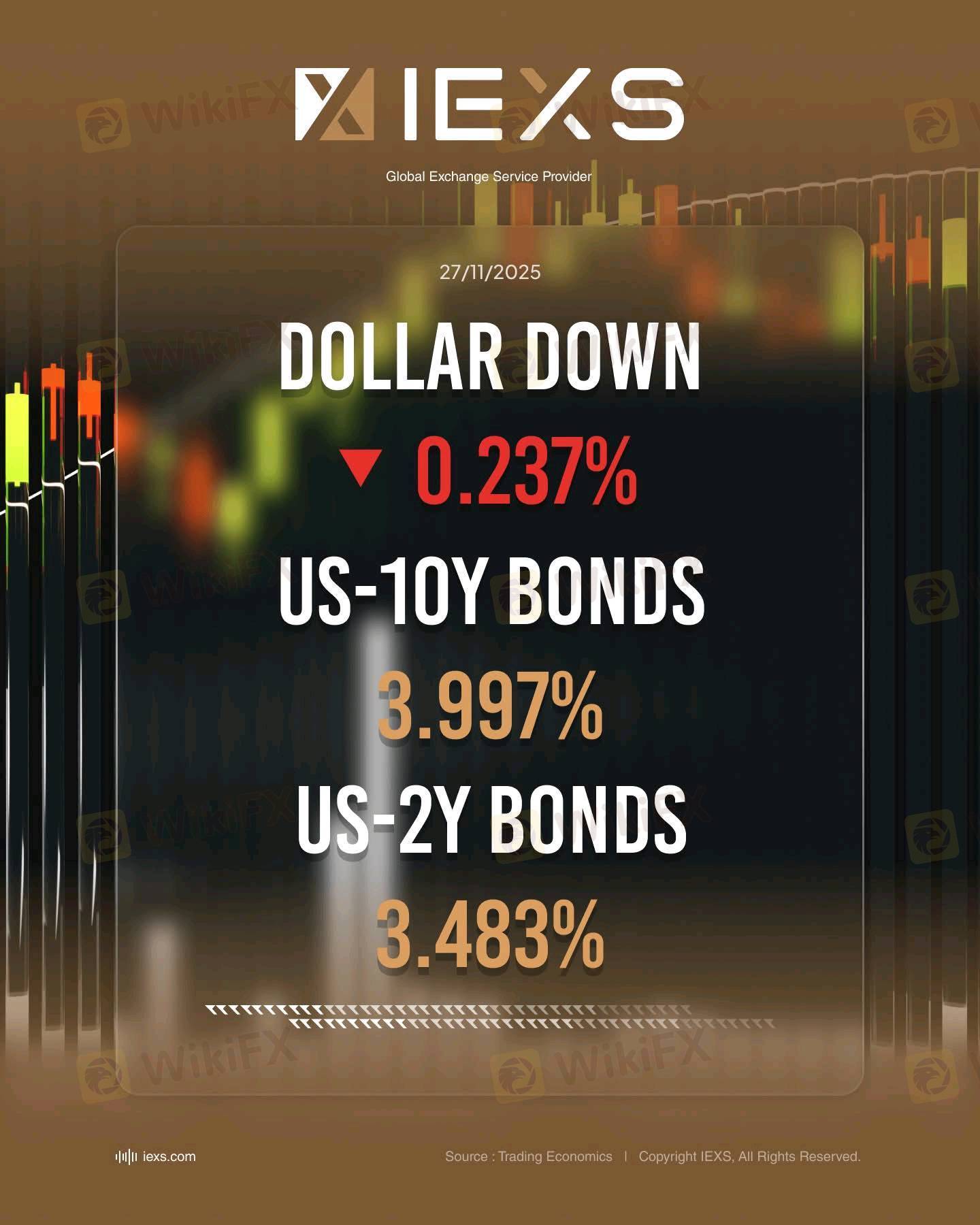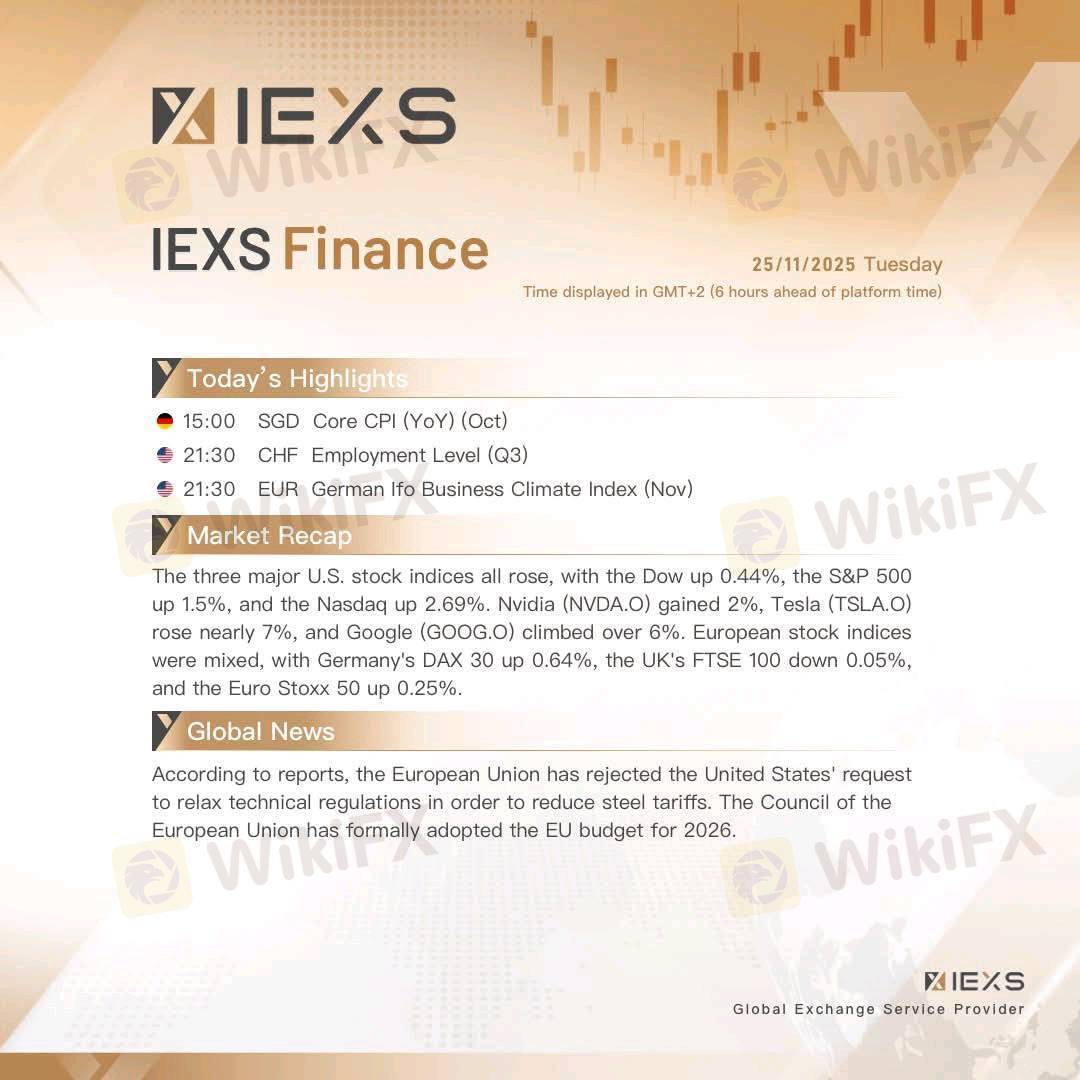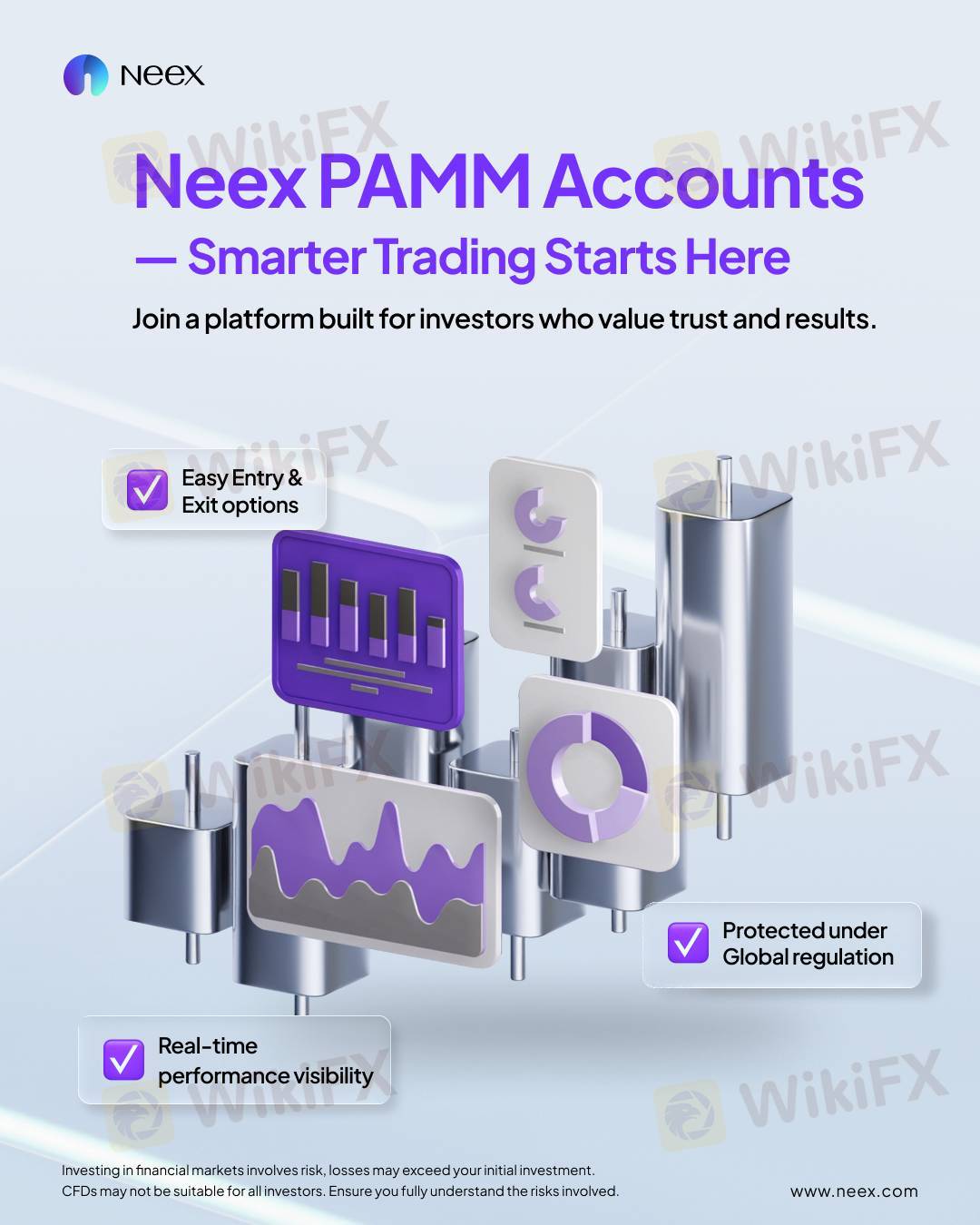Dear Friends,WikiFX’s 2025 “SkyLine Guide” Malaysia rankings have been officially released! This list is the result of rigorous evaluation by 100 industry experts, comprehensively assessed across four key dimensions: regulatory compliance, user preference matching, historical performance, and local influence.Now, we want to hear from you!Do you think the SkyLine Guide Top 25 brokers truly deserve their spots?Which brokers are well-deserved? Which ones fall short of their reputation?What has been your actual experience working with these brokers?Do you have a recommended broker that didn’t make the list?Which outstanding brokers were overlooked? Why?Please share your “hidden gems”, the great brokers the list missed, and explain your reasons.#SkyLineTop25DeservedOrNot
Dear Friends,WikiFX’s 2025 “SkyLine Guide” Malaysia rankings have been officially released! This list is the result of rigorous evaluation by 100 industry experts, comprehensively assessed across four key dimensions: regulatory compliance, user preference matching, historical performance, and local influence.Now, we want to hear from you!Do you think the SkyLine Guide Top 25 brokers truly deserve their spots?Which brokers are well-deserved? Which ones fall short of their reputation?What has been your actual experience working with these brokers?Do you have a recommended broker that didn’t make the list?Which outstanding brokers were overlooked? Why?Please share your “hidden gems”, the great brokers the list missed, and explain your reasons.#SkyLineTop25DeservedOrNot

























